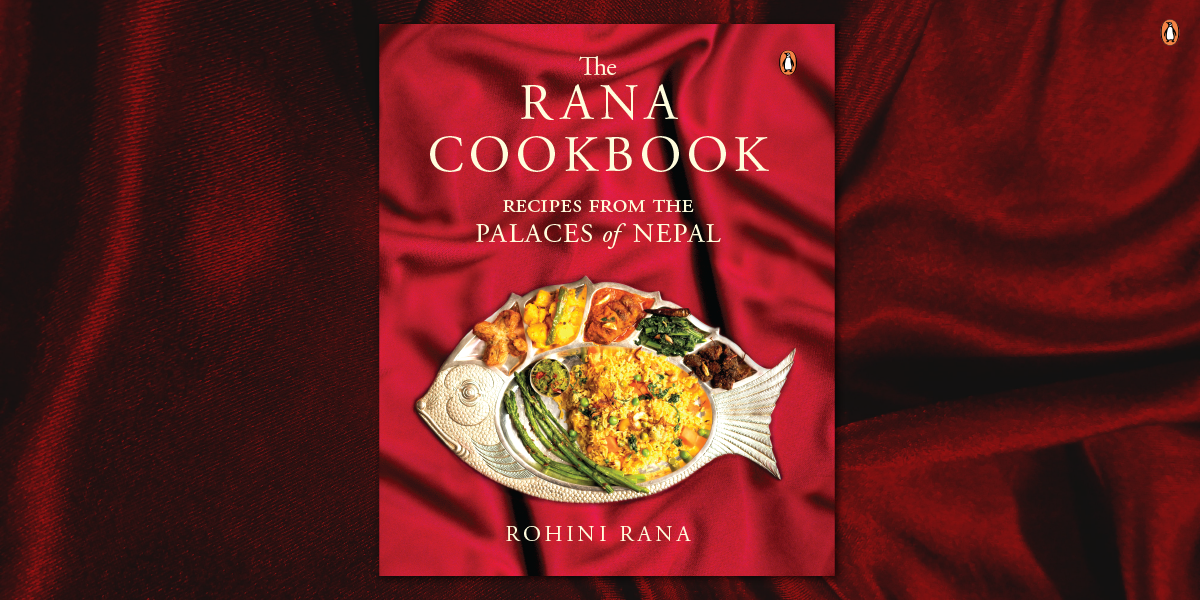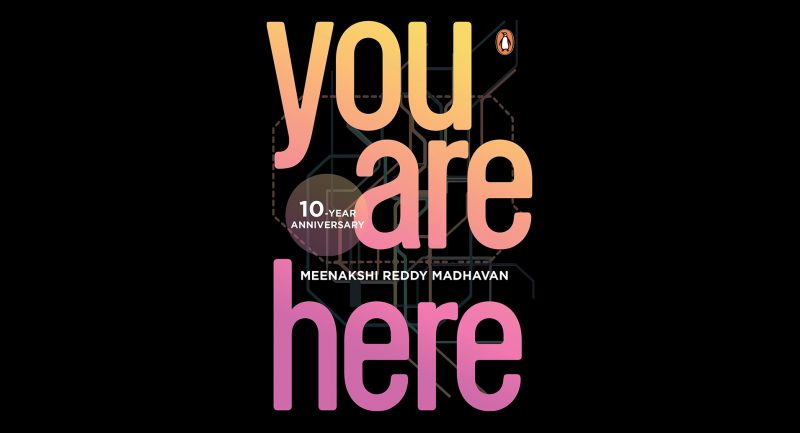
What happens when two distinct regal cultures come together in the hands of a lady who is both a wonderful conversationalist and a wonderful cook?
The Rana name has been synonymous with the history and culture of Nepal for centuries. The beautiful palaces of Nepal were known not only for their glamour and architecture but also for their royal feasts. The recipes of the food served were closely guarded by the cooks of the palaces and a lucky few who inherited them from earlier generations. Rohini Rana has collected and documented the recipes precious to each Rana prime minister’s family.
Showcasing magnificent food from the palaces, this luxurious and beautifully illustrated cookbook attempts to preserve these recipes for future generations, and posterity, while also giving quaint snippets of the history and unique cultural practices that shaped the creation and ingestion of this delightful cuisine. Read on for some of these very interesting gastronomic glimpses.
1-Fascinating and often contradictory customs existed side side by side especially when it came to non-vegetarian food
Certain meats were totally taboo and never crossed the thresholds of the bhanchas (kitchens) of the Bajais’ dominated realms. Pork was considered unhealthy and not partaken of inside the palace kitchens or dining hall. However, the wild boar held a prestigious position in all joyous occasions.
- The interesting overlap of military and culinary history is evinced in the unlikely influence of Awadhi cuisine brought about by Nepalese help granted to the British during the 1857 War of Independence.
The local cuisine was influenced to a certain extent by the khansamas (cooks) brought in from Mughal India after the loot of Lucknow during Jung Bahadur’s time. Since then the Khansamas and the Nepalese Bajaes and ‘Bajais’ (Bhramin men and women worked in tandem, though in separate kitchens, perfecting a style of fusion cuisine that has become famous being unique in its Rana flavor.
- An oft-overlooked description from the Ramayana became the basis for the tradition of a truly grand feast of 84 dishes which is the mainstay of most Rana ceremonies even today
The main ceremony, which totally involves and rotates around food is the Chaurasi Byanjan. This ceremony is still a must during Pasni (rice feeding of a child), Bartamand (sacred thread Ritual) and Biyah (wedding). This tradition goes back to the epical story of the Ramayan and the wedding celebration of Sita’s marriage to Ram where King Janak is supposed to have served 84 Chaurasi (varieties of food) at the banquet.
- This strange (but strangely reasonable) taboo on what is probably one of the most commonly eaten poultry.
The only bird that did not reach their ornate platters was the common chicken, because it pecked at dirt and droppings so was not considered hygienic. With the waning of shikar trips and shikaris the chicken finally found its way to the cooking pot, although in a separate kitchen.
- Breakfast may be the most important meal of the day around the world, but the Ranas certainly bucked tradition in this regard.
Coming to the meal patterns of the Rana households, breakfast was not common if taken at all. Lunch was the main meal usually had at 10 am in the traditional ‘junar ko bhancha’ or room adjoining the kitchen.
- Despite the Ranas’ progressive social reforms in many ways, caste rigidity dominated the culinary department.
The Ranas were extremely orthodox in their eating habits and never partook of rice cooked by any other than a Brahmin or someone of the same caste as themselves. There are many interesting stories of Jung Bahadur creating quite a few faux pas at Queen Victoria’s dining table because of his fastidiousness.}
- Rice seemed to have a very special role even amidst the plethora of Rana dishes considering it had to be eaten in a specified room!
Dinner was usually at 6 or 7 pm served in the rooms upstairs with a variety of rotis, cheura meat and vegetables. If rice was being served, it had to be partaken of in the junar ko bhancha again









